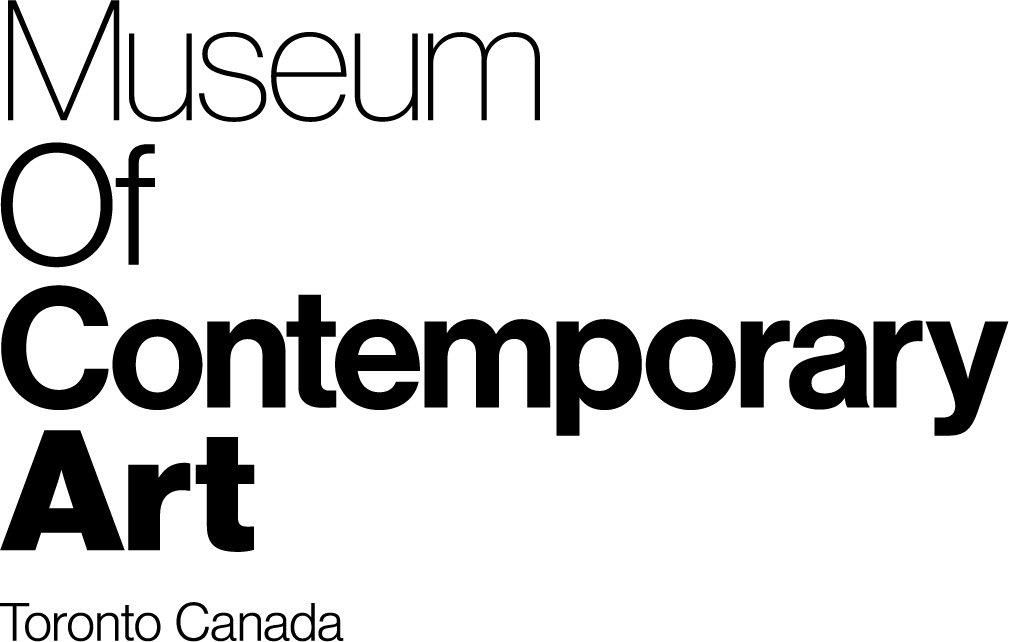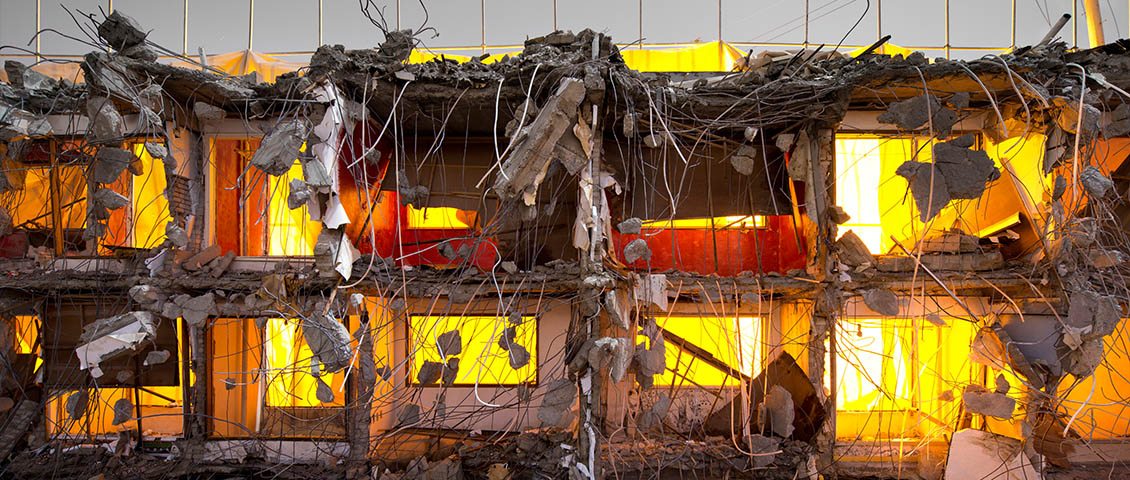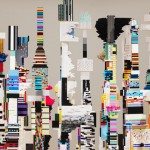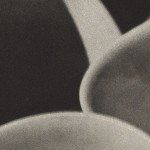April 24 – August 31, 2015
MOCCA Courtyard & Lobby
Trespassing onto construction sites, Korean artist Jihyun Jung surreptitiously enters low-rise apartments slated for demolition and covers a room in red paint. He then documents the structure, using long exposures to make use of the available lighting. Upon return visits, he continues to track the state of his red room, which might stand for a few days, or be levelled the next morning. Demolition Site (2013-2014) draws from Jung’s personal experience of losing his childhood home. The five-storey apartment complex was razed and replaced with a high-rise dwelling, an event that commonly occurs in Korea as part of its strategic response to rapid population growth. His gesture of painting these rooms commemorates the lives once occupying these spaces; the use of red is symbolic of the hearth and heart of a home—something intangible yet essential that disappears along with these apartments.
In the MOCCA courtyard, on a building also destined for demolition and redevelopment, Jung’s large-scale mural depicts an apartment whose façade has already been destroyed, its bare structure exposed with chunks of concrete dangling from wires. The image captures a moment of both creation and destruction: Jung’s red-painted walls are visible on the upper storey, while the entire complex vividly glows as though on the verge of explosion. Inside MOCCA’s lobby until May 31, an interior view of one of Jung’s red rooms fills the back wall. The rough, visible brushstrokes reveal frenzied gestures, while the colour’s intensity creates a glaring contrast to the mass of rubble blocking the entrance. The two scenes underscore the speed and violence of upheaval, as Jung poetically communicates the social issues behind the rapid pace of urban development.
Image: Jihuyn Jung, Demolition Site 14 Outside, 2013





